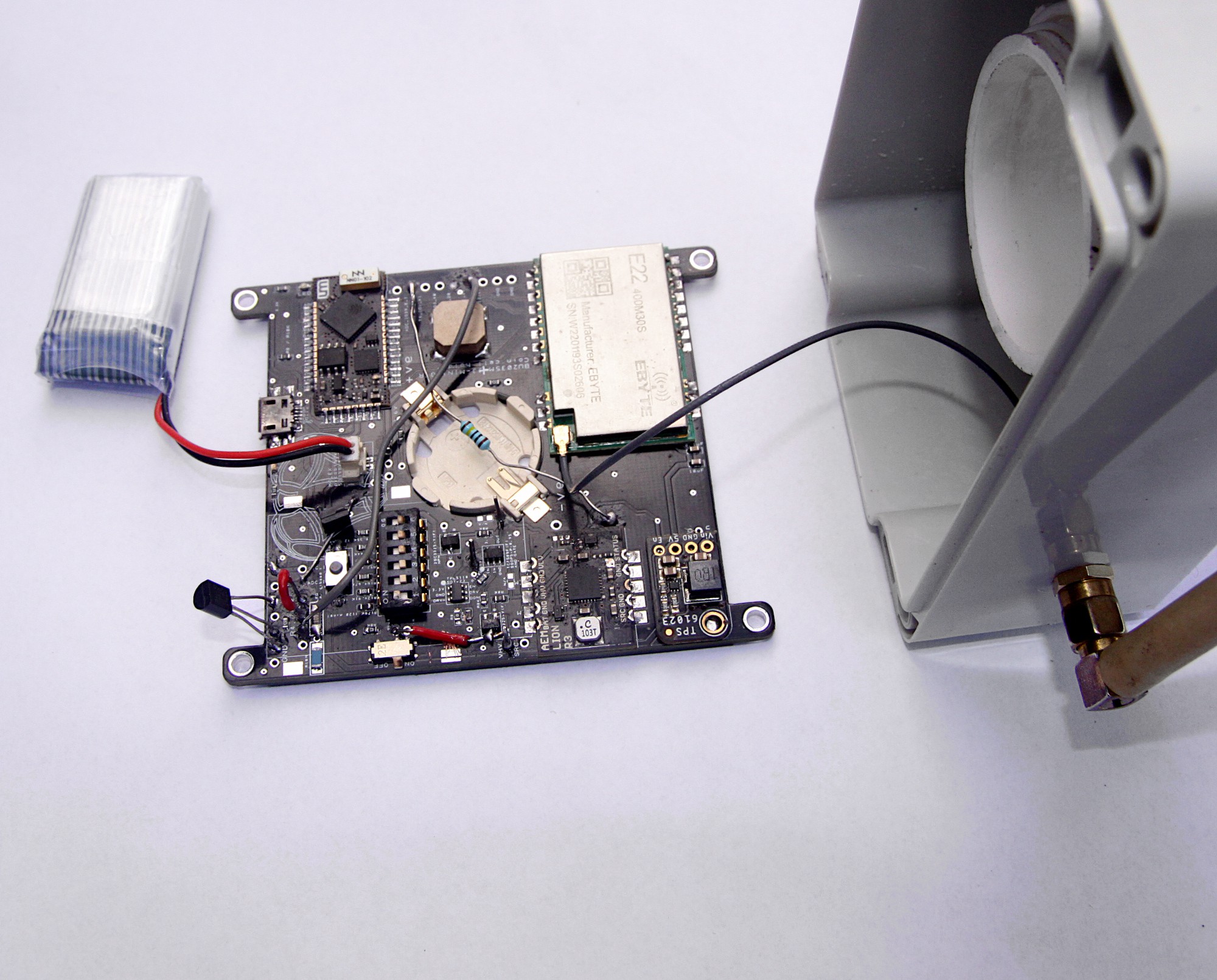 One of the problems in the previous iteration of the design was that the TPL5110 timer chip could not be programmed properly with the connection to the MCU pin used to reset it in place. This current design allows a choice of a resistor or a NC momentary switch. I tried a few resistors, but none worked so resorted to the switch, which needs to be held down when the timer and gate circuit is turned on by the slide switch. Hey presto! I can now get a time interval of exactly 123 minutes, which is almost perfect. The problem with having to wait 3 hours before re-programming the timer chip was solved by simply making a connection to GND on the slide switch so that the timer and gate power supply is not only disconnected from the battery by the slide switch, but also connected to GND when turned off.
One of the problems in the previous iteration of the design was that the TPL5110 timer chip could not be programmed properly with the connection to the MCU pin used to reset it in place. This current design allows a choice of a resistor or a NC momentary switch. I tried a few resistors, but none worked so resorted to the switch, which needs to be held down when the timer and gate circuit is turned on by the slide switch. Hey presto! I can now get a time interval of exactly 123 minutes, which is almost perfect. The problem with having to wait 3 hours before re-programming the timer chip was solved by simply making a connection to GND on the slide switch so that the timer and gate power supply is not only disconnected from the battery by the slide switch, but also connected to GND when turned off.I also decided to add a few extra features like monitoring the solar brightness and the temperature within the enclose as it could well get quite hot in full sun in the Summer. The connection from the solar source is currently a bit crude with a 1M Ohm resistor in series to a MCU pin, but it kind of works. The next iteration will have a proper bridge circuit. The DS18B20 temperature sensor worked well although a surface mount alternative would be better. Just needed to remember not to connect it to pin 2 on the MCU as otherwise the MCU cant be programmed. Pin 2 is fine for LEDs, but not much else.
Although a few problems were solved, I also managed to screw up the low power performance of the device by hacking a through hole NPN transistor into the battery voltage sensing circuit. I've currently no idea why it caused problems, but after it was removed, the battery no longer suffers from critical discharge and everything behaves as expected. It might be the type of transistor so the next PCB will have the option to include a SMT transistor or bypass it with a zero Ohm resistor. This way, if the transistor is still a problem, it can be removed without wrecking the design.
 Capt. Flatus O'Flaherty ☠
Capt. Flatus O'Flaherty ☠
Discussions
Become a Hackaday.io Member
Create an account to leave a comment. Already have an account? Log In.